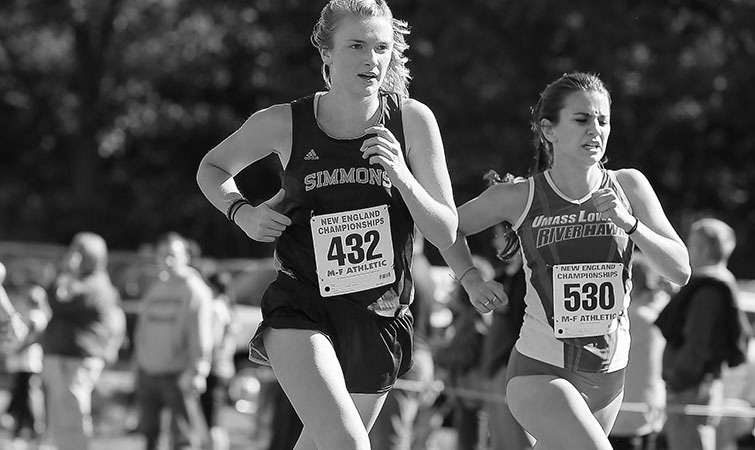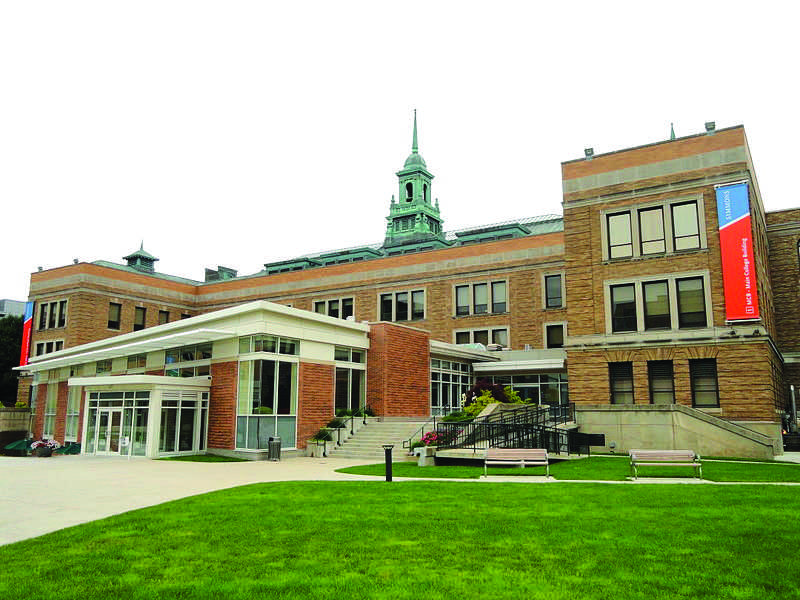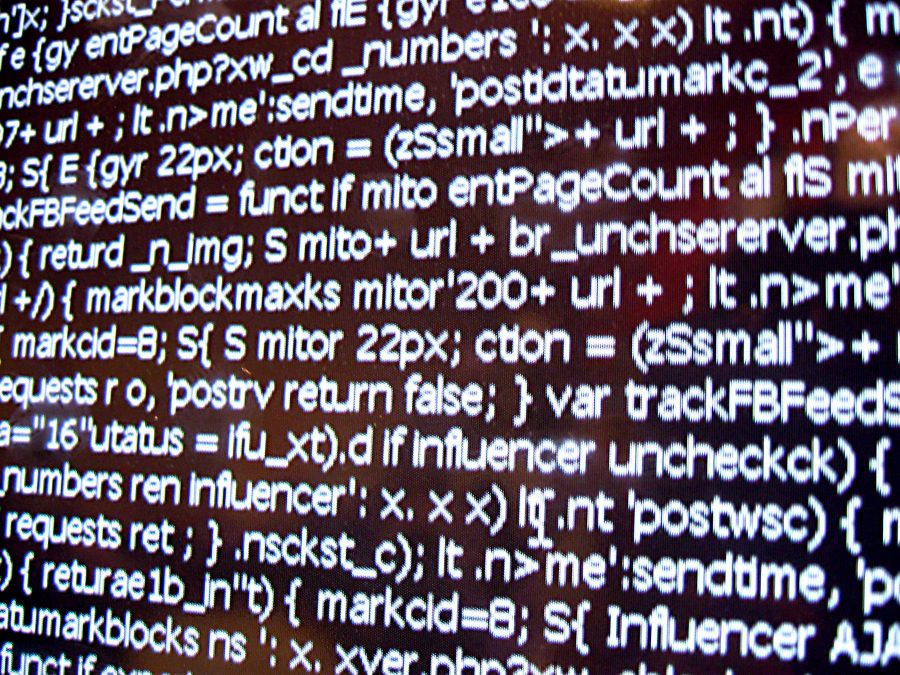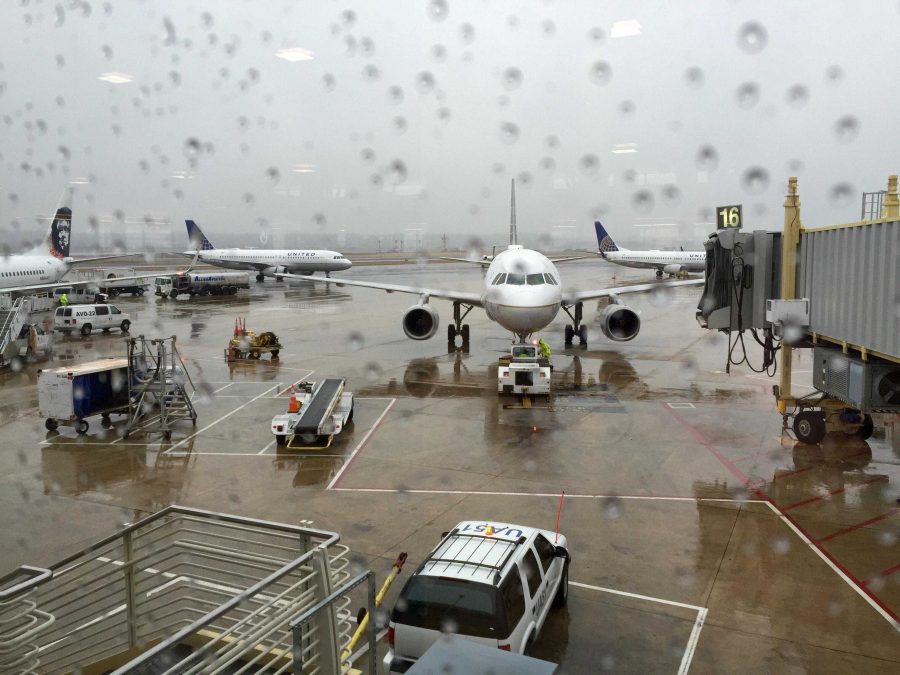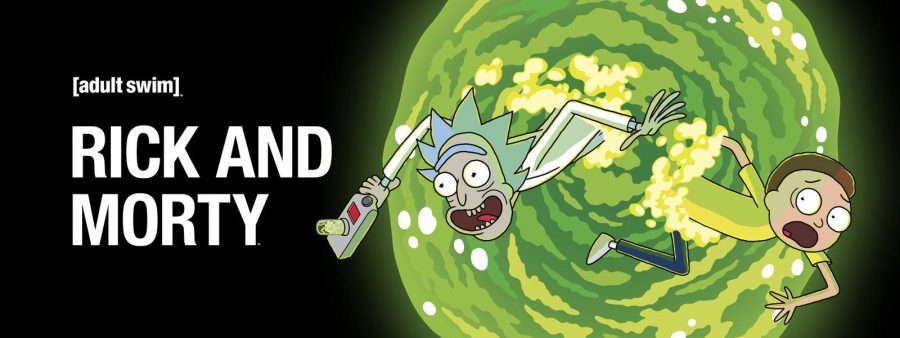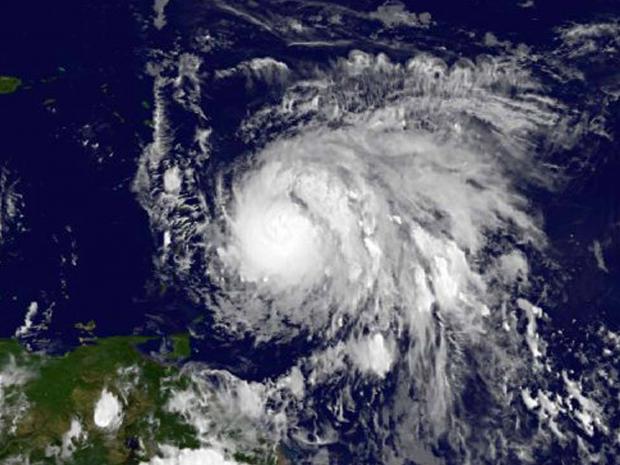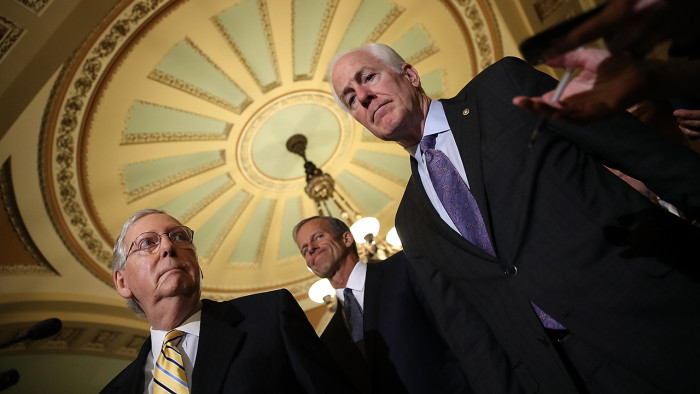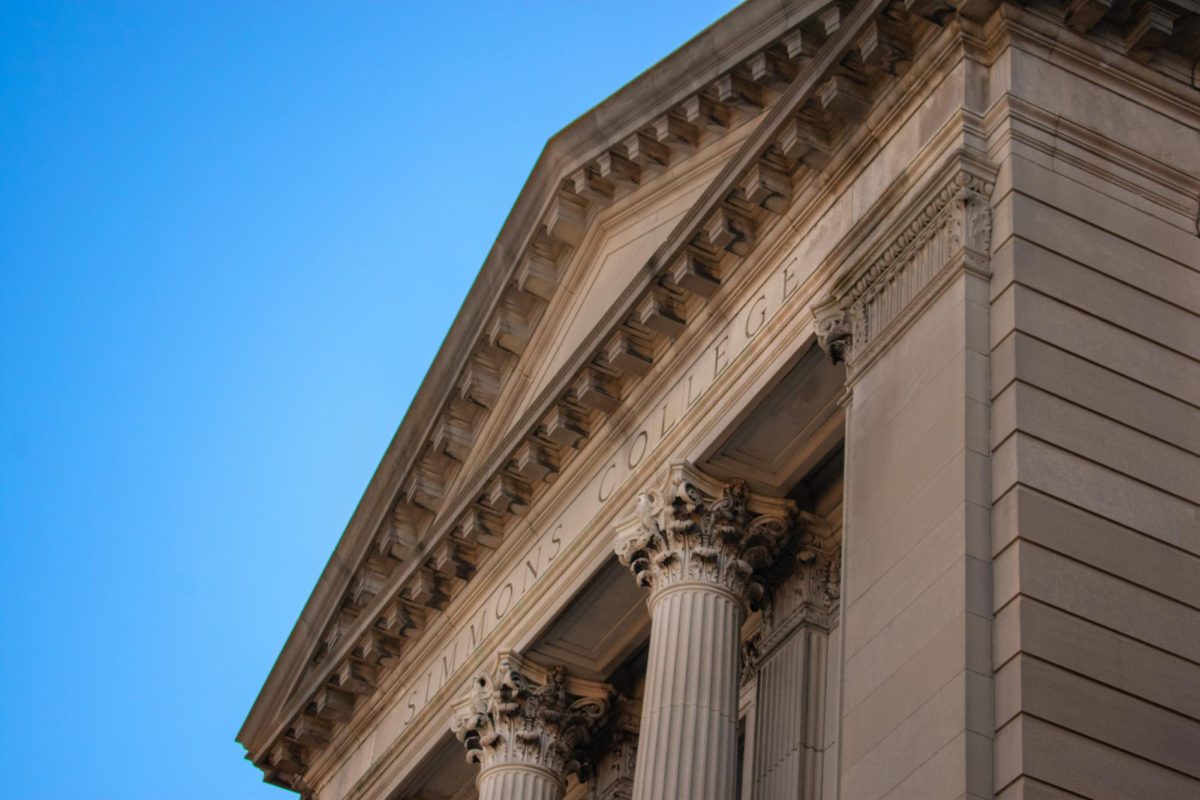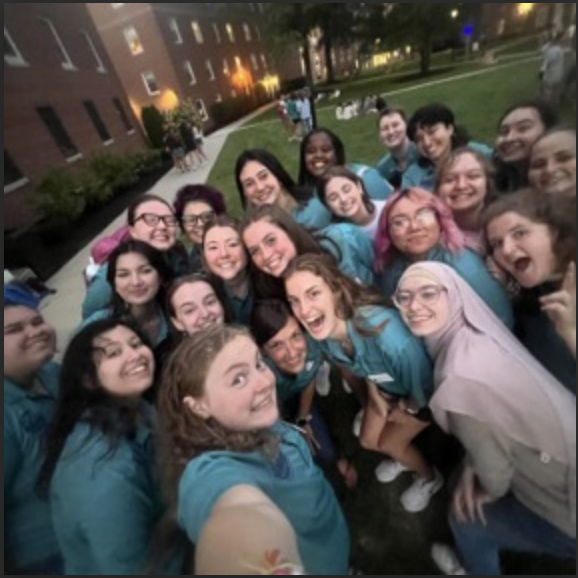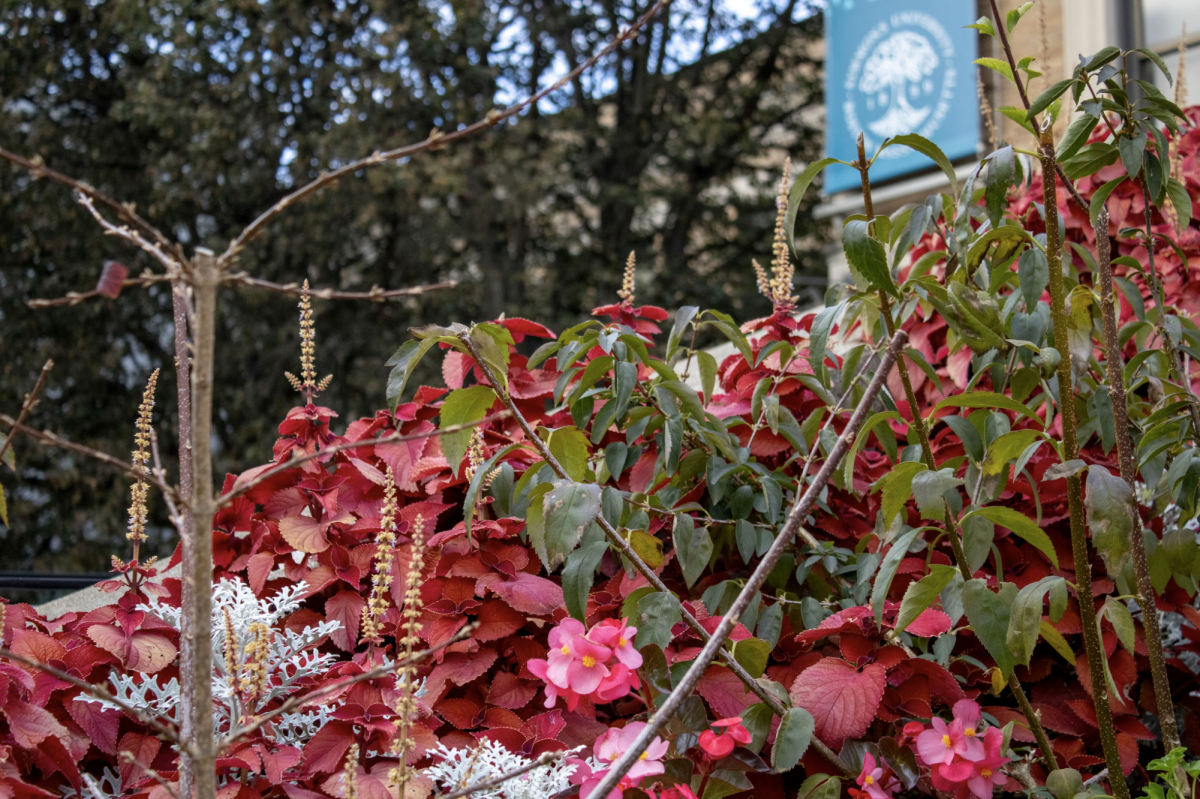By Jessie Kuenzel
Staff Writer
I don’t smoke. I probably never will smoke. And I don’t particularly enjoy walking through a cloud of smoke left behind by the fellows hanging outside my local bar; I actually really rather detest it. I also, upon reading the imposed “no smoking” rules at Simmons, was greatly annoyed—probably more than was strictly necessary for a non-smoker.
Why was I annoyed, you might ask? I was annoyed because I saw a program whose immediate effect was not to protect me from the dangers of secondhand smoke, but to put many of my peers at risk of a much more immediate type of danger.
Simmons touts its late-night safety measures proudly, like a badge of honor: confident in its knowledge that all students are protected from the potential night dangers of Boston. Except students who also happen to be smokers—those students only have the $13,736-room-and-board-fee-per-year privilege of Simmons safety for the hours that they choose to refrain from smoking.
Simmons makes a point of locking the gates to the residential campus every night. We receive emails with tips on how to stay safe when walking around Boston. Simmons is not unaware—although maybe unwilling to admit—that our school is firmly and unmovingly stationed in the real world, not a cotton-candy flavored bubble of Happy Simmons Land where crime doesn’t exist, and it’s always completely safe to be on the streets at night.
Sean Collins, chief of Simmons’ public safety office, advises students who do choose to leave campus to smoke to stay on the corner right by the entrance, as that area is within view of the security cameras, and a patrol car often parks on that corner.
But video cameras don’t afford the same protection as locked gates, and that patrol car is most definitely not there all night; I’ve been coming onto campus after 11 p.m. every Tuesday night for over a year, and I’ve only seen the car a handful of times.
“There’s not known to be a lot of criminal activity on that area of Pilgrim Road,” says Collins. While this is an important point, “not a lot” is not the same thing as “none.”
Now, I’m not saying that I think any time someone steps off campus after 11 p.m. they’re automatically the next person on the universe’s list to be mugged, but Simmons locks the gates at night for a reason. Three to five minutes to smoke a cigarette is more than enough time to become a victim of street harassment or crime. It only takes one second.
According to the tobacco-free page on Simmons’ website “Using tobacco is a personal choice, not a constitutional right. There is no constitutional right to smoke. Our tobacco-free policy does not take away one’s right to use tobacco; instead it limits tobacco use on campus.”
Apparently, Simmons has also decided that its policy is going to limit the access to a safe night-time environment for its students. Sure, you have the right to smoke, they’re just going to make sure you’re not taking advantage of that trivial little service they’re supposed to provide to us called “safety.”
Is sending smokers out onto the street at night supposed to be a deterrent from smoking? Maybe the administration behind the policy hoped that students would be so uncomfortable standing unattended on a street corner that they’ll quit. Is it supposed to be a punishment? No, you stubborn smokers don’t deserve the luxury of staying safely on a patrolled campus at night; we shall expel you from our presence until you choose to cease your unsavory behavior.
Anyone could argue that by being just outside the campus isn’t any measureable amount more unsafe; you can just run right back inside. But any amount more unsafe—for the price we’re paying to be here, and the large promises of safety that Simmons assures us—is too much. Smoker or not, we all deserve the same promise of safety 24 hours a day, seven days a week for the entire duration of our time here at Simmons, not just when Simmons decides we are engaging in appropriate behavior.
In the interest of fairness, it should be mentioned that it’s pretty awesome the steps that Simmons is willing to go to in order to help their students and staff quit. They offer counseling, smoking cessation products, and more, all free of cost. While I think this is great, and generally I don’t find a problem with encouraging a smoke-free campus, I don’t think that this policy was completely thought through before being implemented.
The most obvious solution I can think of to this problem is to build a designated area that students can utilize after the gates have locked that is regularly patrolled by Public Safety.
The tobacco-free FAQ webpage states, “the committee considered providing a ‘smoking hut’ or a designated smoking area on campus, but concluded that smoking areas are not an effective way to eliminate the problem of secondhand smoke.”
But is secondhand smoke really the most pressing issue here? While Simmons strives to create a secondhand smoke-free environment, shouldn’t they also still be striving—with equal dedication—to preserve the safety of all students?
People can, and probably will, argue that it’s the student’s choice to leave campus at night to smoke, no different than when a student leaves to go to a party or goes off to pursue his or her other varied interests, but it most definitely is different. It’s different because this choice is the result of a Simmons-enforced program, and as a result of this, Simmons then becomes responsible for the repercussions if any student is negatively affected.
It seems obvious—at least to me—that this was a fairly large oversight when this program was implemented.
It is absolutely your right (although not, as the FAQ was kind enough to point out, your constitutional right) to make the—maybe medically ill-advised but still perfectly valid—choice to smoke, and it is Simmons’ responsibility—despite whatever they seem to have decided—to make sure that all of its students are safe at all times.



